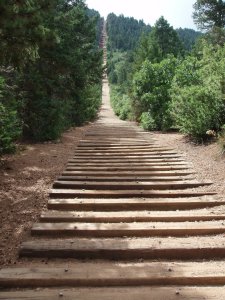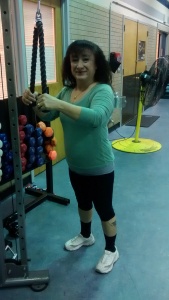Today’s weekend workout can be done anytime, anywhere, and engages all the major muscle groups. Perform the following exercises as a circuit, doing one set of each with minimal rest between exercises.
If you’re unable to reach the prescribed number of reps in a given set, rest until you would reach the number of reps you were aiming for (or longer as needed).
After each circuit, rest 2 minutes. Repeat the circuit 2-3 times, or however many times you can in 20 minutes.
| MUSCLE GROUP | EXERCISE | REPS |
| Quads | Bodyweight Squat | 20 |
| Chest/Delts | Standard Push-Up | 20 |
| Hamstrings | Reverse Lunge | 20 (10 per leg) |
| Glutes | Glute Bridge | 20 |
| Abs | Crunch | 20 |




